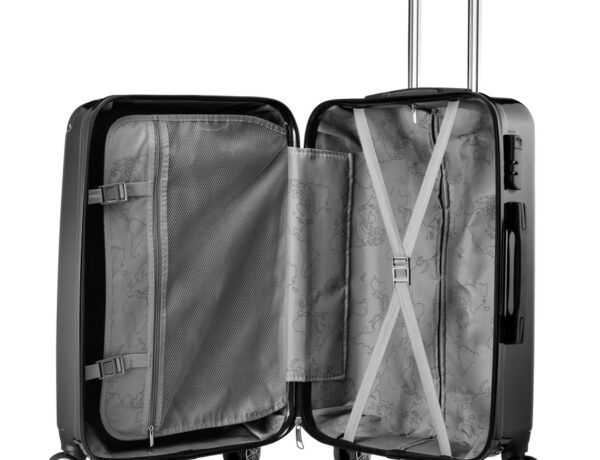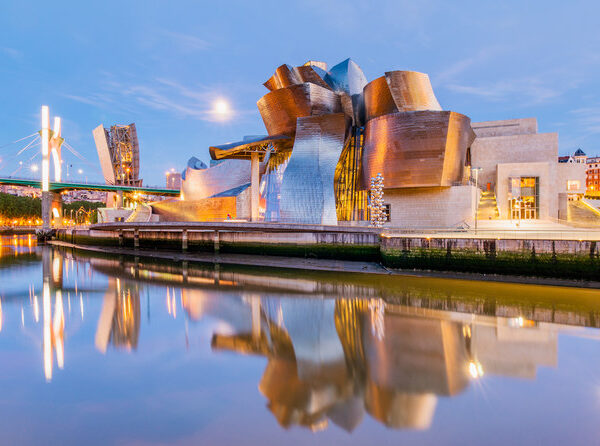I am readying for the verbal lashings by the Italophiles, but facts are facts: the Venetian canals, in the summer, stink. They do – there’s just no getting around it. And with heavy crowds, and enough pigeons to ensure you’ll be “marked” before the end of your visit, and Venice isn’t sounded like the romantic destination of a lifetime. But despite all this, I still love Venice – though I would say if you can skirt the summer months, do it. Why do I still enjoy this city, despite its crowded stinkiness? Here are my tips on what to do in Venice.
Going on a Nighttime Stroll

I’ve been to Venice three times, and each time I never really understood why the city becomes nearly deserted after dark. I suppose the main reason is that hotels in the inner districts are expensive (given the lack of space, no surprise), and there isn’t much in terms of nightlife, so it appears the place closes down for the night. But this means you get many of the most popular spots without the crowds – bridges clear out, squares empty, and you can get some great photography in and soak up some atmosphere. Even if you don’t spend the night, come for a nighttime stroll – it’s wonderful and you’ll appreciate the fewer tourists. Be careful in dark, unlit alleyways – you could end up stepping into a canal if you’re not careful!
Exploring the “other” Islands

If you look at a map of Venice, you’ll see that there is a cluster of islands connected to the mainland by a massive causeway. This is where most tourists assume the best of what to do in Venice is all located here – and yes, this is where your iconic bridges and squares and museums are located. But I encourage you to explore some of the outer islands, because there are fewer crowds, and they are quite different. Highlights:
- San Michele: Pictured above, this is Venice’s cemetery. It’s packed – bodies stay underground only 12 years before they’re dug up and moved into mausoleums or communal sites. Beautiful architecture and grounds.
- Murano: This is one of the more well known islands because of the glass makers, who were asked to move here a few centuries ago for fears their furnaces would burn town the mostly wooden architecture in Venice. It’s touristy here, but I love the colourful buildings – wander off the main path, as there are plenty of glass blowing studios open to the public.
- Burbano: an old fishing village with more beautiful buildings and a quiet atmosphere. There’s a lace museum here that is quite popular.
Eating
Well, you have to eat, right? And only an idiot would forget to include the food on a list on what to do in Venice. I think Florence has better food than Venice, but that’s a bit like saying the diamonds are a bit more polished next door. A few favourites:
- Gelateria Squero: By no means a secret, but if this gelato is good enough for Holywood celebrities, I think you’ll manage. It is very tasty – I’m not a fan, but many swear by Venetian pistachio. Go figure.
- da Ivo: I hate to keep recommending places that the movie stars like, but I was told this place has the best traditional Venetian food in town, and well, it did.
 Check it out.
Check it out. - Met: If you like Michelin Stars (and the associated pricetag), then you’ll love Met’s modern interpretation of Venetian food. Super yummy stuff indeed.
There’s also a noteworthy market, i Tre Mercanti, which has all-things-Italian-food. Limoncello, wine, cheese, meats, snacks – if you want it, they have it.
A few notes on expectations for dining in Venice: most restaurants are small, so reservations are recommended, especially since many restaurants are family owned and have odd opening hours/days. Service is often perfunctory at best – I don’t mind it, but some many find it a bit lacking. It’s worth doing a little research if you’re interested in something specific, like seafood or vegetarian, and then double check those reservations!
Venice was one of medieval Europe’s primary port cities. It was a cultural hotspot for the renaissance, and we have many words in English (and Italian) that came from the Venetians, including lagoon, gondola, ghetto, and ciao!
Learning about the City’s Rich History
Venice has a rich history – and not just the fact that it’s an island-based city. One of the best tours to explore this rich history is the Secret Itineraries Tour of the Doge’s Palace. It’s notoriously difficult to get onto, and always pre-booked, so be sure to set something before you leave home. Also don’t miss the unique architecture of Palazzo Dario, which is supposedly cursed. It isn’t open to the public, but its worth spotting. There are plenty of other churches and museums to visit – a surprising number considering how small the inner city of Venice is!
Transport on the water is also a great way to see some of the city; the Vaporetto, or water bus, is basically like a city sightseeing tour, especially a ride down the Grand Canal. Get your camera ready! Also, despite it’s cliche status, a ride in a Gondola is quite relaxing; prices can vary, though I have heard if you try to bargain for a cheaper price, you get a shorter ride, so its worth paying whatever the going rate is for the experience.
Have you been to Venice? What’s your favourite suggestion on what to do in Venice?





No Comments